The new projects are vital to the city, from the hospital to housing, as well as projects that serve the human needs in this region, including employment.
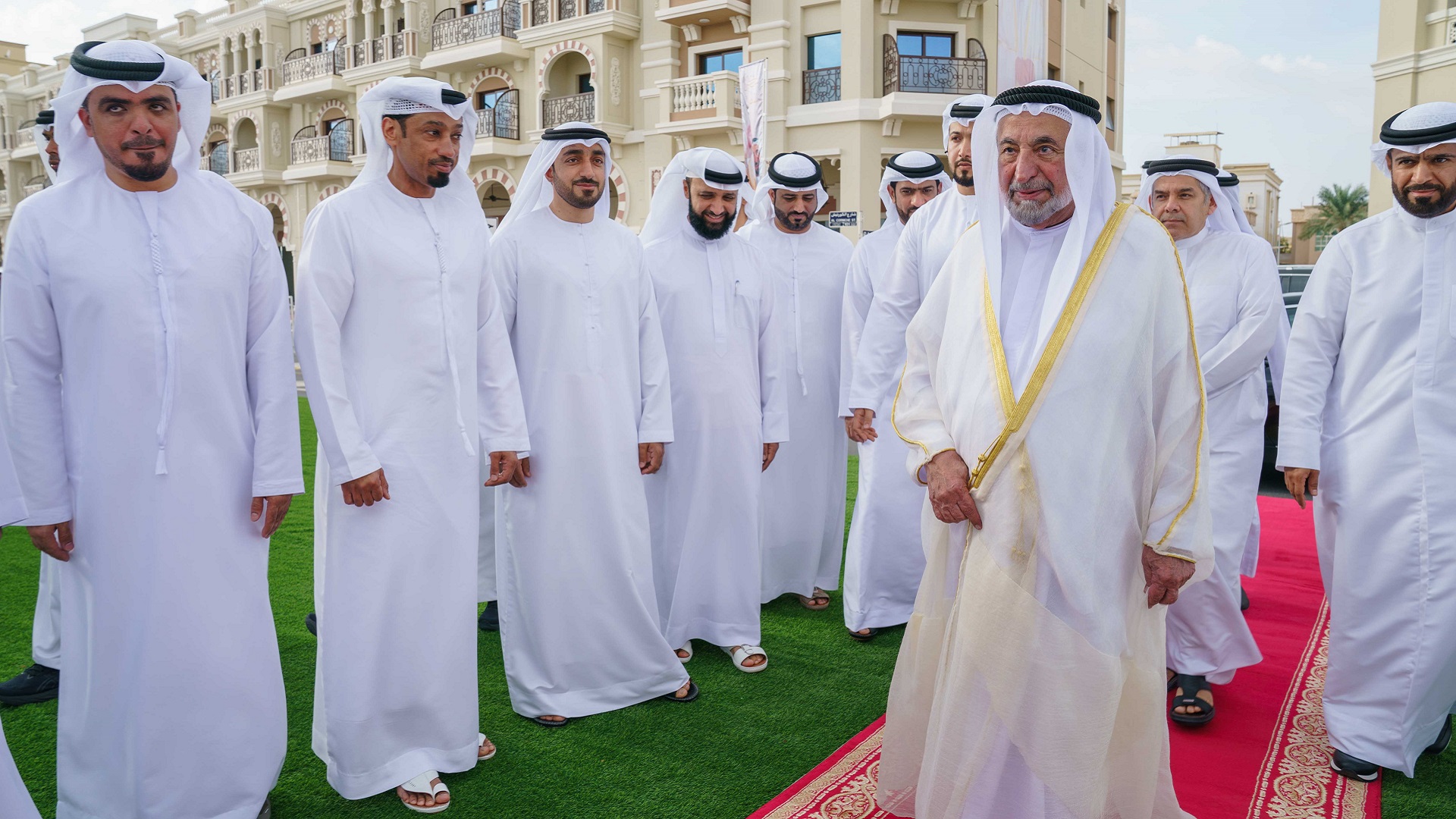
His Highness indicated that the hospital would include outpatient clinics and a helipad for emergencies to be transported to the University Hospital in Sharjah. His Highness explained that job vacancies are critical factors that lead to stability and settlement in any society.
His Highness pointed out that the beautifully designed commercial building project sits strategically, with a view of the ocean and the canal, which the government rebuilt. His Highness directed that the buildings' owners be compensated with AED150 thousand for cessation of income, stressing that it is their right and not a grant.

His Highness also discussed the development of the old city and Dibba Fort, consisting of 3 forts: a fort from the remains of Hormuz, a Portuguese fort, and the Qawasim fort. His Highness revealed that the restoration would be a preparation for registering it with "UNESCO".
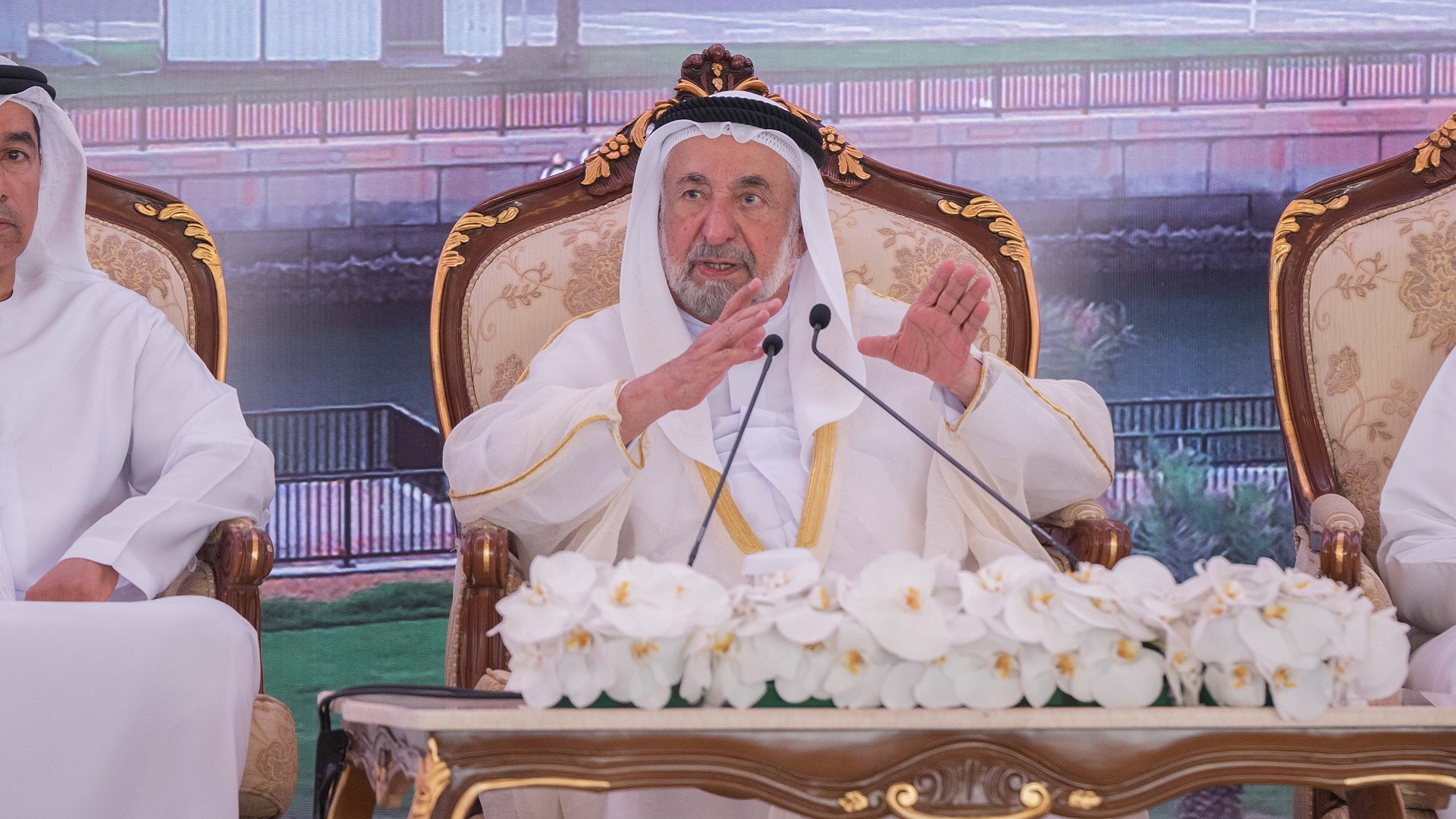
His Highness the Ruler explained that Dibba Al Hisn's archaeological sites won't be affected by urbanism, turning the city into a remarkable tourist attraction.
His Highness viewed visual media content about the commercial building project's stages and the architectural elements characterising Dibba Al Hisn Corniche before handing over the building owners' title deeds.
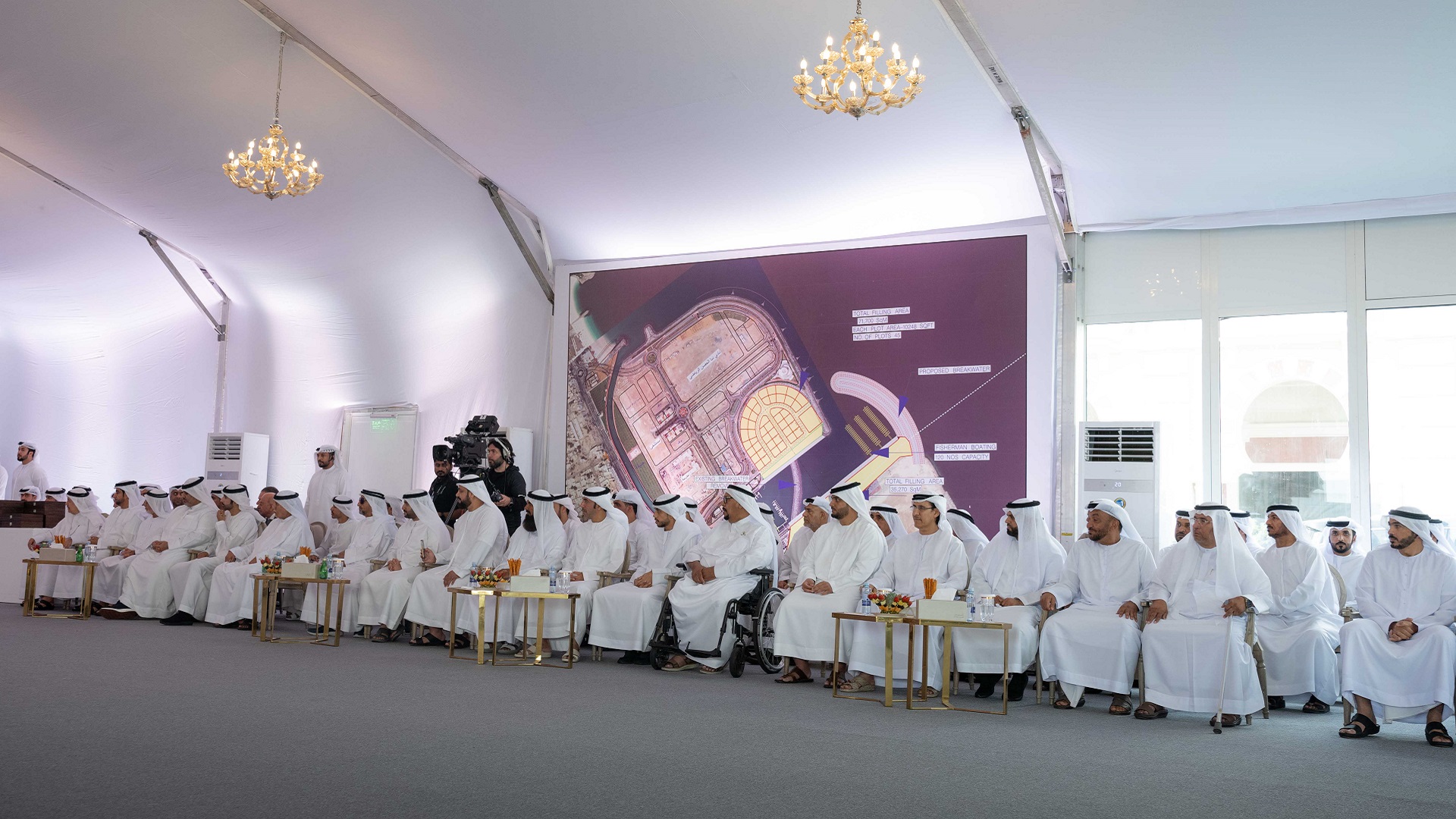
His Highness, the Ruler of Sharjah, inspected a model of the project's residential apartments.
The project aims to develop the waterfront of Dibba Al Hisn, by replacing old buildings with new ones, developing the infrastructure, building a new mosque and maintaining the old one, renovating sidewalks, and increasing parking lots.
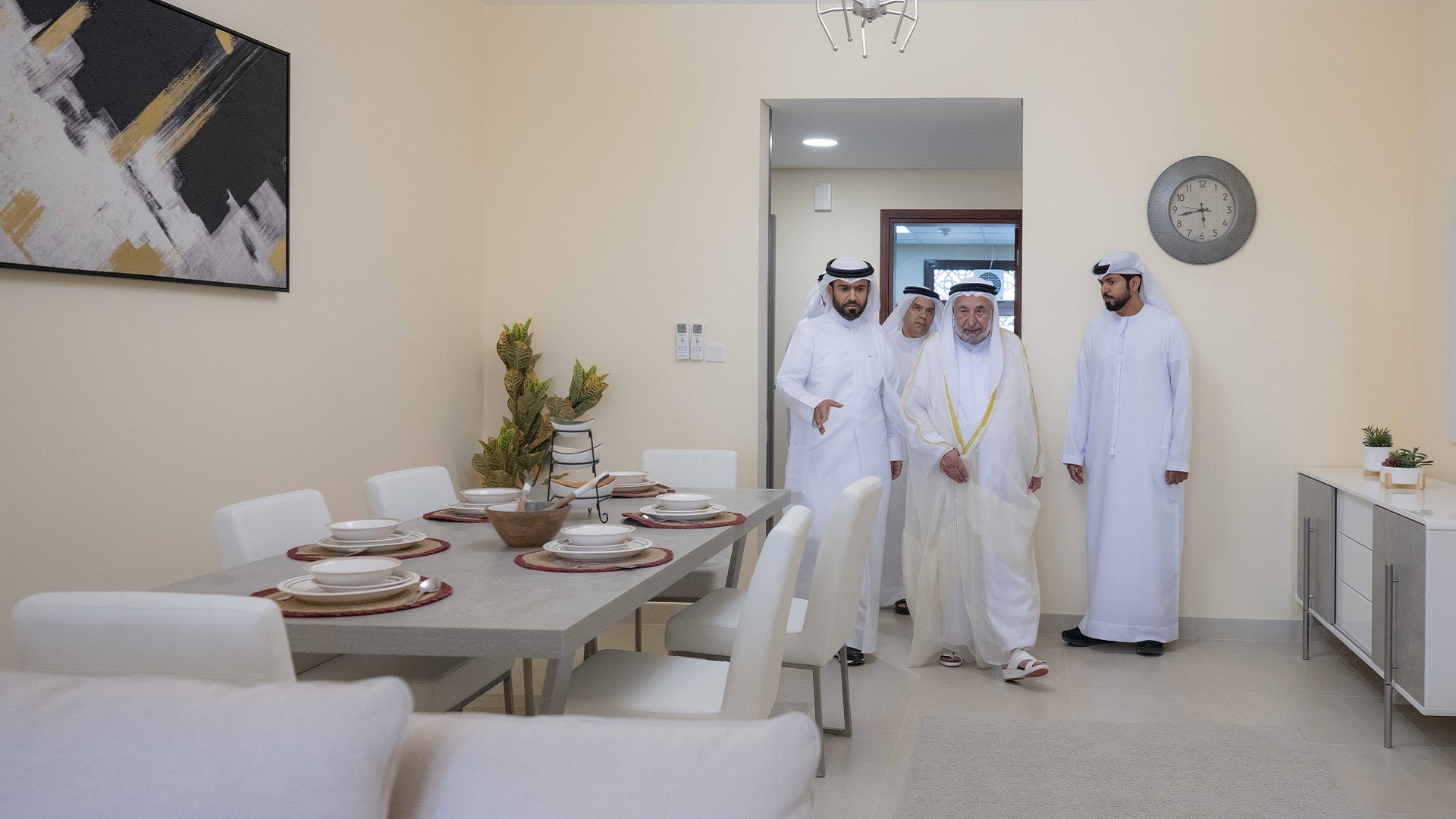
The project includes constructing and maintaining 42 commercial and residential buildings, with 168 residential apartments and 126 retail stores.
The design of the buildings took into account the service of people with disabilities by providing mobile ramps for each building to be used when needed, in addition to providing 217 parking spaces to serve all the project buildings.
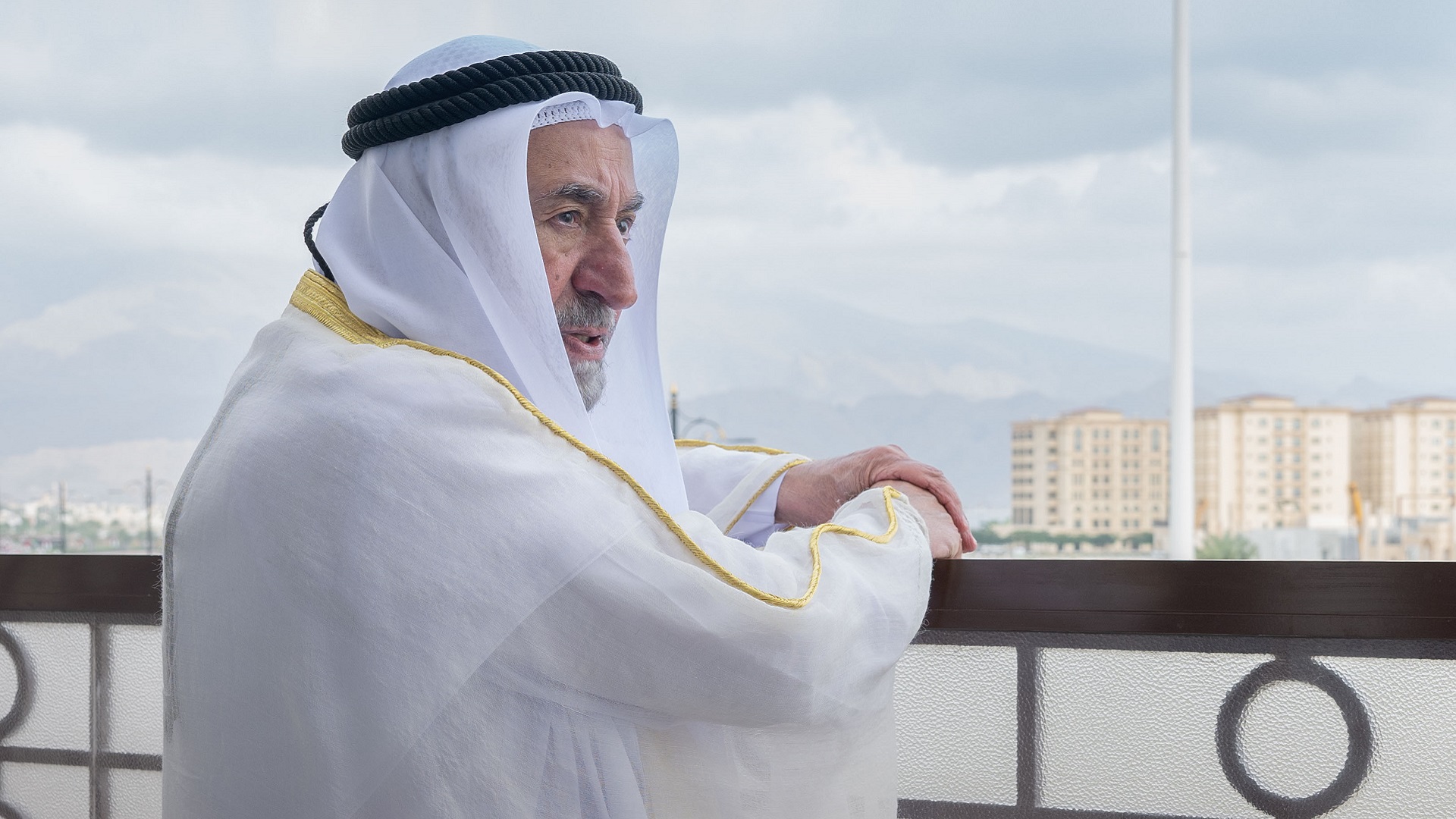
The Arab-Islamic style project in Dibba Al Hisn used sustainability specifications regarding the use of materials resistant to climate change.


 His Highness indicated that the hospital would include outpatient clinics and a helipad for emergencies to be transported to the University Hospital in Sharjah. His Highness explained that job vacancies are critical factors that lead to stability and settlement in any society.
His Highness indicated that the hospital would include outpatient clinics and a helipad for emergencies to be transported to the University Hospital in Sharjah. His Highness explained that job vacancies are critical factors that lead to stability and settlement in any society. His Highness also discussed the development of the old city and Dibba Fort, consisting of 3 forts: a fort from the remains of Hormuz, a Portuguese fort, and the Qawasim fort. His Highness revealed that the restoration would be a preparation for registering it with "UNESCO".
His Highness also discussed the development of the old city and Dibba Fort, consisting of 3 forts: a fort from the remains of Hormuz, a Portuguese fort, and the Qawasim fort. His Highness revealed that the restoration would be a preparation for registering it with "UNESCO". His Highness the Ruler explained that Dibba Al Hisn's archaeological sites won't be affected by urbanism, turning the city into a remarkable tourist attraction.
His Highness the Ruler explained that Dibba Al Hisn's archaeological sites won't be affected by urbanism, turning the city into a remarkable tourist attraction. His Highness, the Ruler of Sharjah, inspected a model of the project's residential apartments.
His Highness, the Ruler of Sharjah, inspected a model of the project's residential apartments. The project includes constructing and maintaining 42 commercial and residential buildings, with 168 residential apartments and 126 retail stores.
The project includes constructing and maintaining 42 commercial and residential buildings, with 168 residential apartments and 126 retail stores. The Arab-Islamic style project in Dibba Al Hisn used sustainability specifications regarding the use of materials resistant to climate change.
The Arab-Islamic style project in Dibba Al Hisn used sustainability specifications regarding the use of materials resistant to climate change.